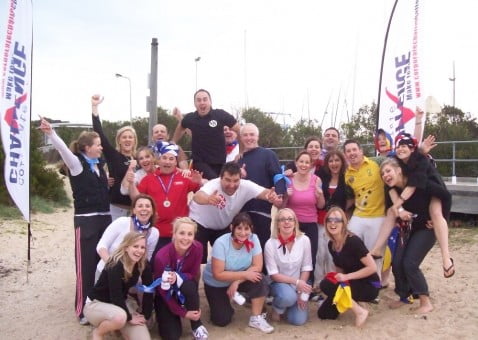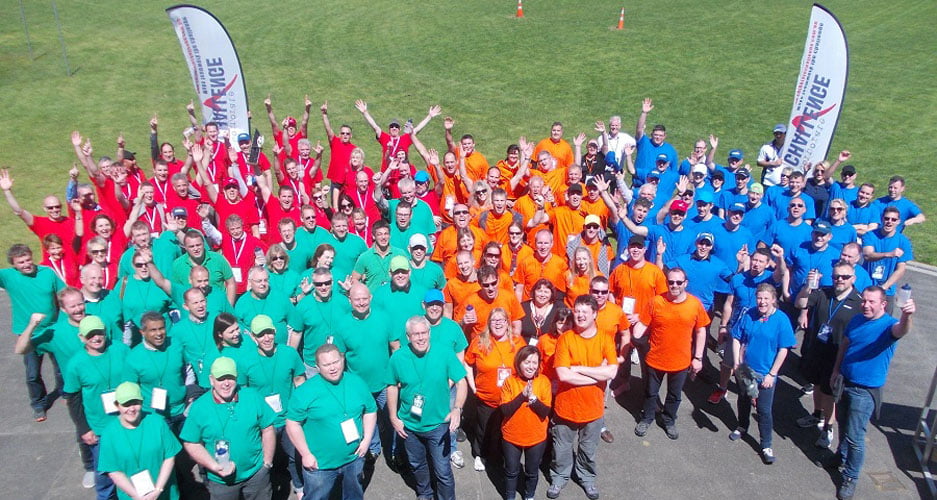Culture mapping is a great method to gain an understanding of those habitual behaviours and ‘water cooler’ conversations that drive the culture of the organisation.
I have had many business owners or leaders come to me over the years eager to change their corporate culture or find a solution to a cultural issue within their workplace.
Understandably they didn’t know where to start or how to approach the situation.
Like finding a solution to any problem, we have to look at the symptoms first and identify the causes before we can even go about finding a cure or solution.
A corporate training tool called culture mapping will help to do this!
Simply, it is the authentic discovery of what your culture currently looks like and why it looks that way. And then it is the design of a great culture moving forward.
Mapping is a great term for it as it will show you how your company culture reached its current point and then you get to plot the direction for its future.
Before we dive into the benefits of culture mapping, it is important to understand what corporate/team ‘culture’ actually is.
We all know a good culture is vital for success but can you define it?
Your answer may be the ‘feeling’, the ‘atmosphere’ or the ‘vibe’ amongst your team members. And you would be right.
But deeper than this, what causes this feeling, atmosphere or vibe in the workplace?
The answer is the habits that we form as a group or, alternatively, our collective behaviour!
These can be good for the organisation and some may be very harmful.
For example, if some staff continually arrive late for work without repercussion, then you will likely see that behaviour continue and increase amongst other staff.
When it happens consistently, it will become engrained in “how we do things around here”.
Can you identify those collective behaviours of staff that have become engrained in day to day activity?
The conditions that create a culture are not consciously produced either.
Rather, they emerge over time as a natural consequence of business processes, routines, operations and habits.
Culture also requires a shared learning and understanding about the rules and norms of that environment.
If the manager says they have an ‘open door’ policy, but every time someone makes a complaint or request about something they are ignored or denied, people will quickly learn to stop doing that.
Over time, people will learn to avoid these situations and will quietly and frustratingly collude with each other rather than with the manager.
This creates an undercurrent for a negative culture that management may never hear about and therefore can’t do anything about because they are oblivious to the problem.
Whilst I have touched on a few examples of negative culture, there are even more examples of habits in the workplace that produce very positive team building outcomes.
It just shows what creates a culture, the impact that culture can have on any workplace and the value a tool like culture mapping can bring.
Culture mapping is fast, insightful and can be ‘game changing’!
It has the potential to identify who the real innovators in your team are and where they may be disconnected from decision makers.
It can identify outstanding issues which appeared to have been resolved from a management perspective but are still simmering away.
It can specify the factors that contribute to an erosion of trust within your organisation.
It can highlight the processes team activities and corporate events that staff are invested in and passionate about.
It can produce a pathway to a positive team culture!
Anita Kropacsy, Corporate Training Manager, Corporate Challenge Events




Recent Comments